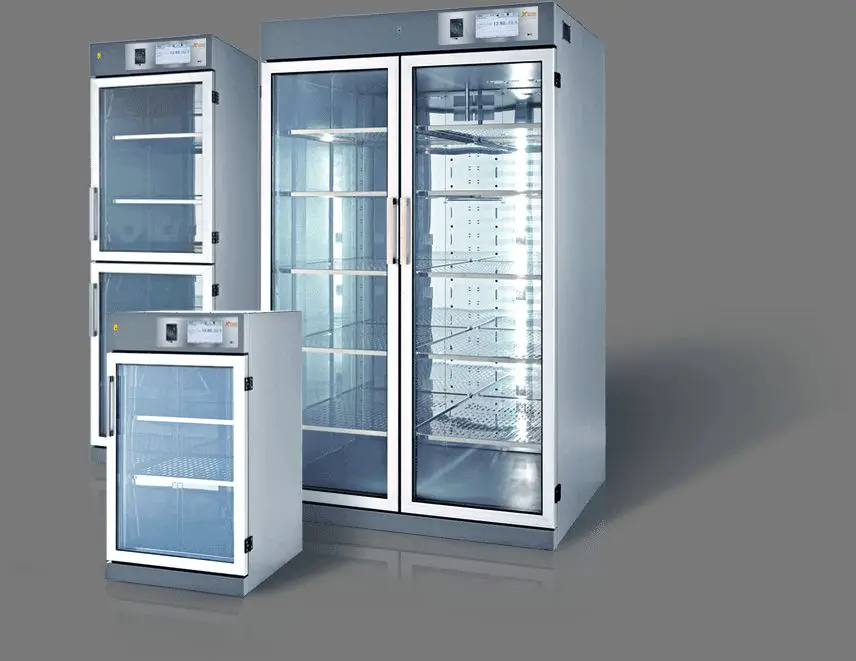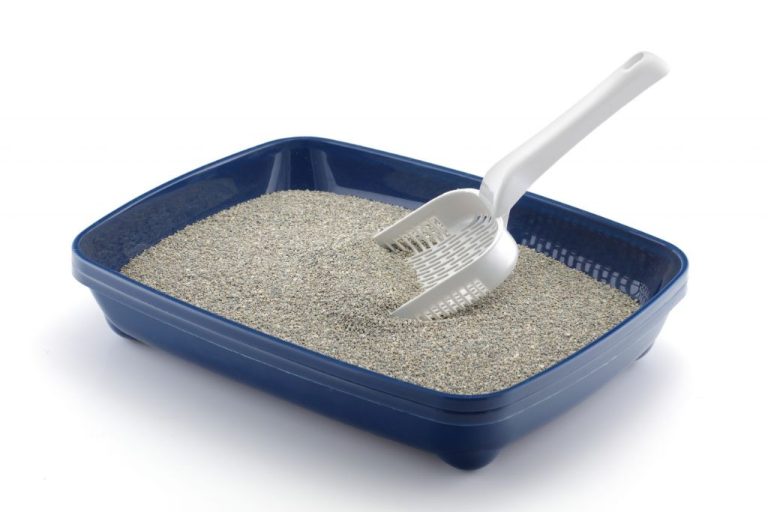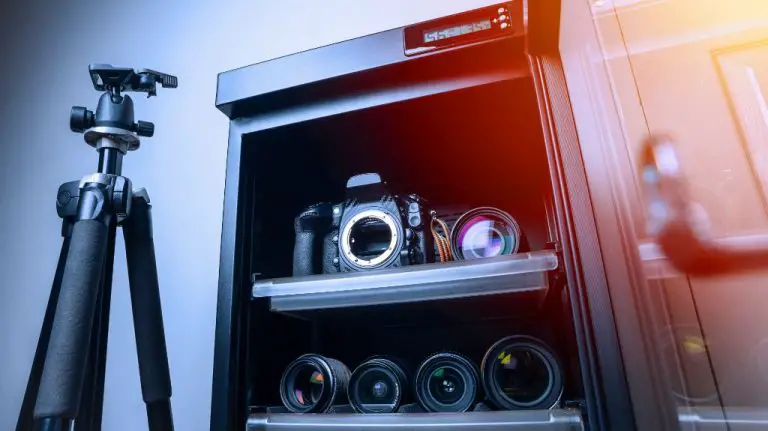What Does A Dry Cabinet Do?
A dry cabinet is a storage device designed to protect items from moisture, corrosion, static buildup, and contaminants.[1] By regulating humidity and temperature levels inside the cabinet, dry cabinets create an optimal environment to preserve sensitive equipment and materials.
Dry cabinets are commonly used to store cameras, lenses, film, electronics, mechanical parts, metal tools, paper documents, artwork, and more. Anything prone to degradation from moisture, tarnish, mold, or dust can benefit from the controlled conditions inside a dry cabinet.
This article will examine how dry cabinets work, their key benefits, different types of cabinets, ideal use cases, and what to consider when purchasing a dry cabinet.
[1] http://digihub.com.sg/articles/the-importance-of-using-a-dry-cabinet-for-your-photography-gear/
Protects Against Moisture
Moisture can cause severe damage to sensitive electronic components. When moisture seeps into devices, it can lead to corrosion, short circuits, and functionality issues. As explained on the Roseville Diagnostic Hearing Center blog, “We all know you can’t take your phone into the swimming pool or leave a television out in the rain”. This is because water is conductive and causes electronics to malfunction.
A dry cabinet provides an enclosed, moisture-controlled environment. The cabinet is sealed to prevent ambient humidity in the air from entering and condensing on devices inside. Desiccant materials like silica gel are also used to actively absorb any residual moisture. By keeping moisture out, a dry cabinet prevents corrosion, mold growth, and electrical shorts in valuable electronics and instruments.
Prevents Corrosion
High humidity is one of the leading causes of corrosion in electronics. When the relative humidity rises above 60%, the moisture in the air can start condensing on the metal components and PC boards inside electronic devices (Source). This condensation provides an electrolytic solution that enables electrochemical corrosion reactions to occur.
Corrosion causes the formation of rust and oxidization on metal contacts, connectors, and solder joints. Over time, this can lead to increased electrical resistance, intermittent faults, and total failure of electronic circuits and components. Corrosion also causes physical damage as metal pits, cracks, and dissolves (Source).
By keeping electronics in a low humidity environment inside a dry cabinet, the moisture condensation and corrosion risk is greatly reduced. Dry cabinets maintain humidity levels below 20% RH, which helps prevent the electrochemical reactions that cause rust and corrosion on electronics.
Reduces Static Buildup
Static electricity often builds up in electronics when there is too much moisture in the air, which produces an electrostatic charge. If components are exposed to high static, it can lead to damage through electrostatic discharge (ESD). Dry cabinets provide an extremely dry environment typically between 1-20% relative humidity, which significantly reduces static buildup that could damage sensitive electronic components and devices like circuit boards or computer chips (source). The extremely low humidity prevents any moisture from accumulating that allows static to form. Additionally, many dry cabinets incorporate anti-static materials and designs that help dissipate any minor static before it can build up. Keeping electronics in a very dry climate ensures static discharge is minimized for optimal protection.
Regulates Temperature
A dry cabinet maintains an optimal temperature range for storing electronic components and devices. Most electronics have a recommended storage temperature range of -40°C to +100°C to +160°C, with an ideal temperature around 25°C (77°F) 1. Excessive heat can damage or reduce the lifespan of electronics by causing materials to warp or expand.
Without temperature regulation, electronics left in hot environments like warehouses or shipping containers can overheat and fail prematurely. A dry cabinet provides a stable, controlled environment that prevents overheating and component degradation.
By maintaining temperatures within the recommended range for electronic devices and components, dry cabinets protect against premature failure and extend the operational lifetime of stored electronics.
Filters Out Contaminants
Dry cabinets are typically equipped with air filters that serve two main purposes. First, the filters keep dust, dirt, and other contaminants from entering the cabinet. This is important because contaminants like dust can settle on sensitive electronics and cause corrosion or short circuits over time. Air filters help maintain a clean environment inside the cabinet.
Second, air filters also trap any volatile organic compounds (VOCs) or other fumes emanating from the electronics stored inside. Some components and circuit boards offgas small amounts of chemicals that can accumulate over time and damage other components. The filters adsorb these VOCs and prevent them from building up.
High quality filters are essential for dry cabinets. The most effective are HEPA filters, which can capture particles as small as 0.3 microns in size. This includes dust, pollen, mold, bacteria, and even some viruses. Some cabinets also use activated carbon filters to adsorb VOCs and odors.
Air filters in dry cabinets typically need replacement every 1-2 years depending on usage. Clogged or saturated filters can reduce airflow and lower the effectiveness of moisture and contaminant control. Proper filter maintenance helps ensure electronics remain protected.
Types of Dry Cabinets
There are several types of dry cabinets designed for various purposes. Here’s an overview of the most common sizes, designs and features:
Small Benchtop
Benchtop dry cabinets are compact units designed to sit on a workbench or countertop. They typically have storage space for smaller components and PCBs. These are well-suited for makers, hobbyists, and smaller production facilities.
Standard Floor Cabinet
The standard floor cabinet is a free-standing unit with shelves to hold larger items. Many allow adjustable shelving. Standard cabinets range from 2-4 feet wide and 4-7 feet tall. These suit the needs of most electronics production facilities.
Large Floor Cabinets
Larger floor cabinets provide expanded storage space for big components, circuit boards, and other electrostatic sensitive devices. They can be 4 feet or wider and up to 9 feet tall. Large factories often use these to store volumes of inventory.
Pass-Through Cabinets
Pass-through cabinets have doors on both sides allowing access from two areas. They maintain interior conditions while letting users get components from either side. These dual-access units are common in large-scale manufacturing operations.
Other Variations
There are also dry storage cabinets optimized for reels, tubes, hard drives, wafers and other specific items. Customized units can be designed for unique storage needs. Features like humidity and temperature controls, ESD-safe coatings, air filtration and more can be incorporated as needed.
Ideal Use Cases
Dry cabinets are ideal for storing sensitive electronic equipment susceptible to moisture damage. Some of the most common use cases are:
Electronics Repair – Storing soldering irons, circuit boards, and other components in a dry cabinet prevents corrosion and extends their lifespan. According to XDry, electronics stored at 70% humidity can corrode in 8 hours while 30% takes over 300 hours.
Data Centers – Server rooms and data centers benefit from controlling humidity between 40-55% RH. Fluctuations in humidity can lead to static discharge and failures. Dry cabinets provide stable conditions to protect IT equipment.
Medical Devices – Many medical devices like scopes and cameras deteriorate quickly when exposed to moisture. Dry cabinets are essential for hospitals and clinics storing sensitive diagnostic instruments.
Manufacturing – In manufacturing plants, dry cabinets protect robotic components, circuit boards and electrical switches from rust and other moisture-related damage.
Chemical Storage – Certain reactive chemicals and pharmaceuticals degrade more quickly when exposed to humidity. Dry cabinets extend the shelf life of these products in laboratories and chemical plants.
Considerations When Buying
There are several key factors to consider when purchasing a dry cabinet.
Size
The size of the dry cabinet needs to match the amount of components or products you plan to store. Larger cabinets allow you to consolidate storage but take up more space. Smaller cabinets are more portable but have less storage capacity. Determine your storage needs in terms of quantity and dimensions before selecting a size.
According to DryzoneCabinet, choose a cabinet that allows some room for future expansion.
Temperature Control Method
Dry cabinets use either a thermoelectric cooling module or a compressor refrigeration unit to regulate temperature. Thermoelectric cooling is energy efficient and quiet but cannot get as cold as compressor refrigeration. Compressors provide colder temperatures but use more energy and can be noisy.
As noted by SuperDry Totech, the choice depends on your precise temperature control needs.
Price
Dry cabinet prices range from a few hundred to a few thousand dollars depending on size, temperature control method, and features. Consider how much protection is worth investing in for your components and products.
According to NetDryCabinet, the cost of a dry cabinet should be weighed against the replacement cost of damaged goods.

Conclusion
In summary, dry cabinets provide critical protection for electronic components against moisture, condensation, corrosion, and static buildup. By maintaining optimal temperature and humidity levels and filtering out contaminants, dry cabinets create the ideal storage environment to preserve the integrity and lifespan of valuable electronics. For anyone storing susceptible devices or parts, investing in a quality dry cabinet is highly recommended. Proper dry cabinet storage can prevent countless device failures and malfunctions caused by humidity, mold, rust, and dust. Electronics of all types will benefit from the stable, controlled environment inside a dry cabinet.
With their ability to pay for themselves many times over by avoiding expensive electronics replacements, dry cabinets are an essential tool for manufacturers, repair shops, laboratories, and anyone with electronic components worth protecting. As an inexpensive insurance policy against moisture damage, dry cabinets are a wise investment that provides peace of mind knowing your sensitive electronics are safe from the elements.




